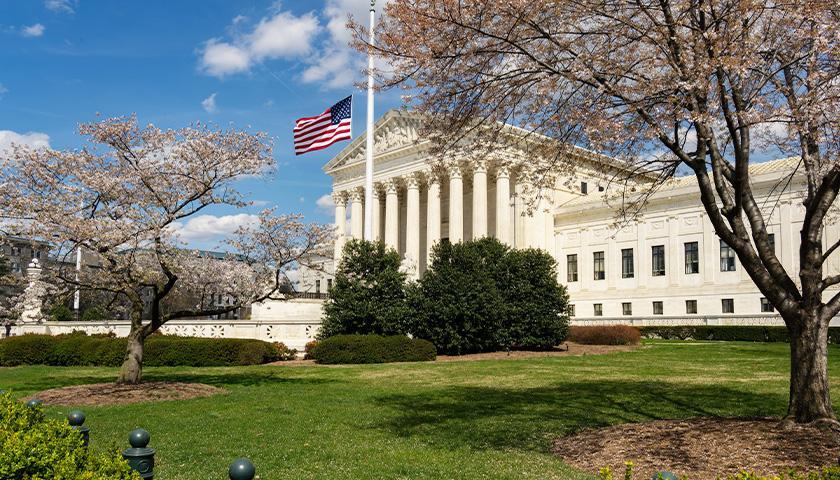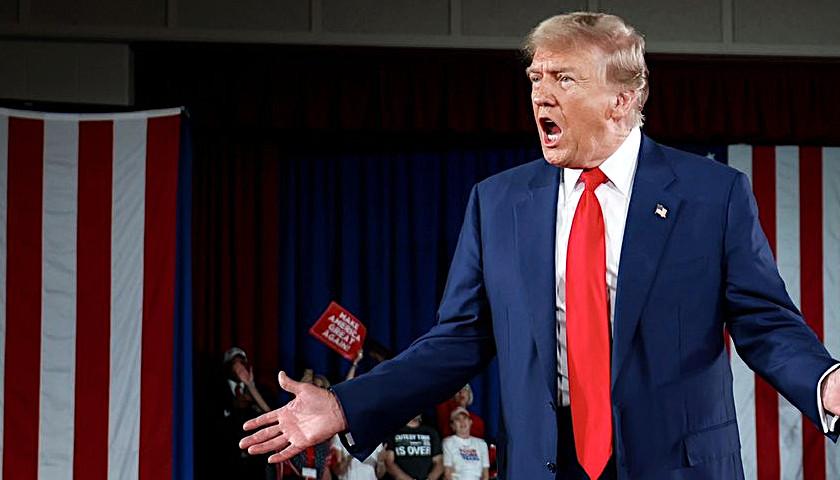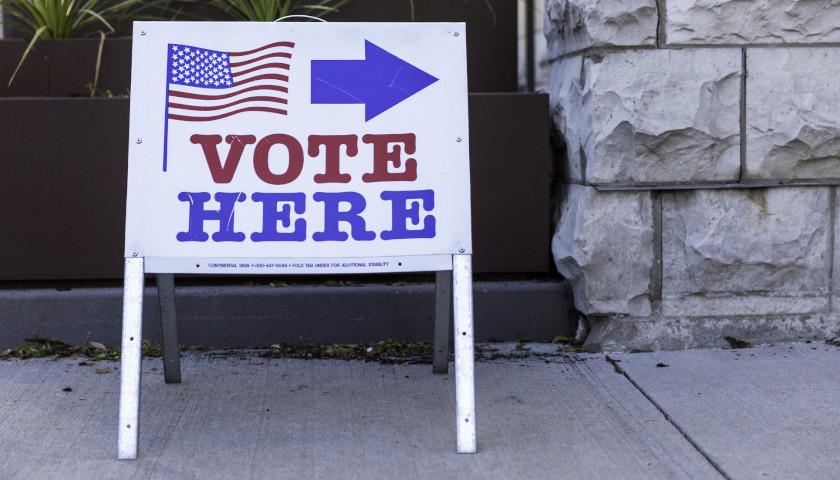by Brooklyn Roberts
Thanks to a rare bipartisan effort in Richmond, patients in Virginia will soon have fewer costly surprises on their hospital bills.
After passing unanimously through the Senate and House of Delegates last week, HB 481, which requires Virginia hospitals to make public a list of standard charges for all items and services provided, now heads to Gov. Youngkin’s desk for his signature.
Historically, Americans have not shopped for health care in the same way they shop for other goods and services looking for the best deal at the lowest price. But the combination of the internet with transparency laws such as HB 481 is paving the way for patients to shop for their health care services as well.
Market competition with other area providers will also encourage the lowering of health care costs. That’s a win for everyone considering the high cost of Medicaid and Medicare programs – not to mention today’s record gas prices and inflation. It will also help insurance companies negotiate the best prices for services.
Studies have found a vast difference in pricing both nationally and regionally – even within the same communities. In fact, a recent review of nearly 1,200 emergency room bills from all fifty states revealed shocking examples, such as $5,571 bills to sit in the emergency room, $60 for ibuprofen, and $238 for saline eye drops.
Members of organizations like the American Legislative Exchange Council (ALEC) have supported transparency measures for years now—from the state insurance exchanges set up under the Affordable Care Act (ACA) to price disclosure policies. Patients are paying for their health care, be it through cost sharing measures or insurance premiums, and it is important for them to understand the cost of the services they are receiving.
At the federal level, President Biden has continued President Trump’s Executive Order on enforcing transparency initiatives on hospitals, providers, and insurers contained in the ACA. A June 2019 Executive Order called for regulations requiring hospitals “to publicly post standard charge information” as the ACA already mandated. But it also went on to clarify they must be reported “in an easy-to-understand, consumer-friendly, and machine-readable format using… standards that will meaningfully inform patients’ decision making and allow patients to compare prices across hospitals.”
Prior to this order, hospitals had been publishing “chargemaster” lists. According to the American Hospital Association, these lists were “highly variable and not what a consumer would pay. Even the insured patient is not always paying the chargemaster rate.” In other words, this information was essentially useless to consumers.
Unfortunately, two years after the Executive Order was issued, 65 of the nation’s largest 100 hospitals were “unambiguously non-compliant.” This led a bipartisan group of lawmakers to write a letter to HHS Secretary Becerra asking him to enforce the rule. With President Biden’s latest Executive Order reinforcing these existing price transparency rules, there is much reason to hope that enforcement will soon follow.
However, with HB 481, Virginians will not have to wait for a federal solution. State lawmakers have recognized the importance of hospital price transparency for patients. Whether they are paying cash, have unmet deductibles, or are utilizing out-of-network services, Virginians will soon have more power to negotiate and fewer costly surprises after seeking hospital care.
– – –
Brooklyn Roberts is senior director of the Health and Human Services Task Force at the American Legislative Exchange Council (ALEC).





